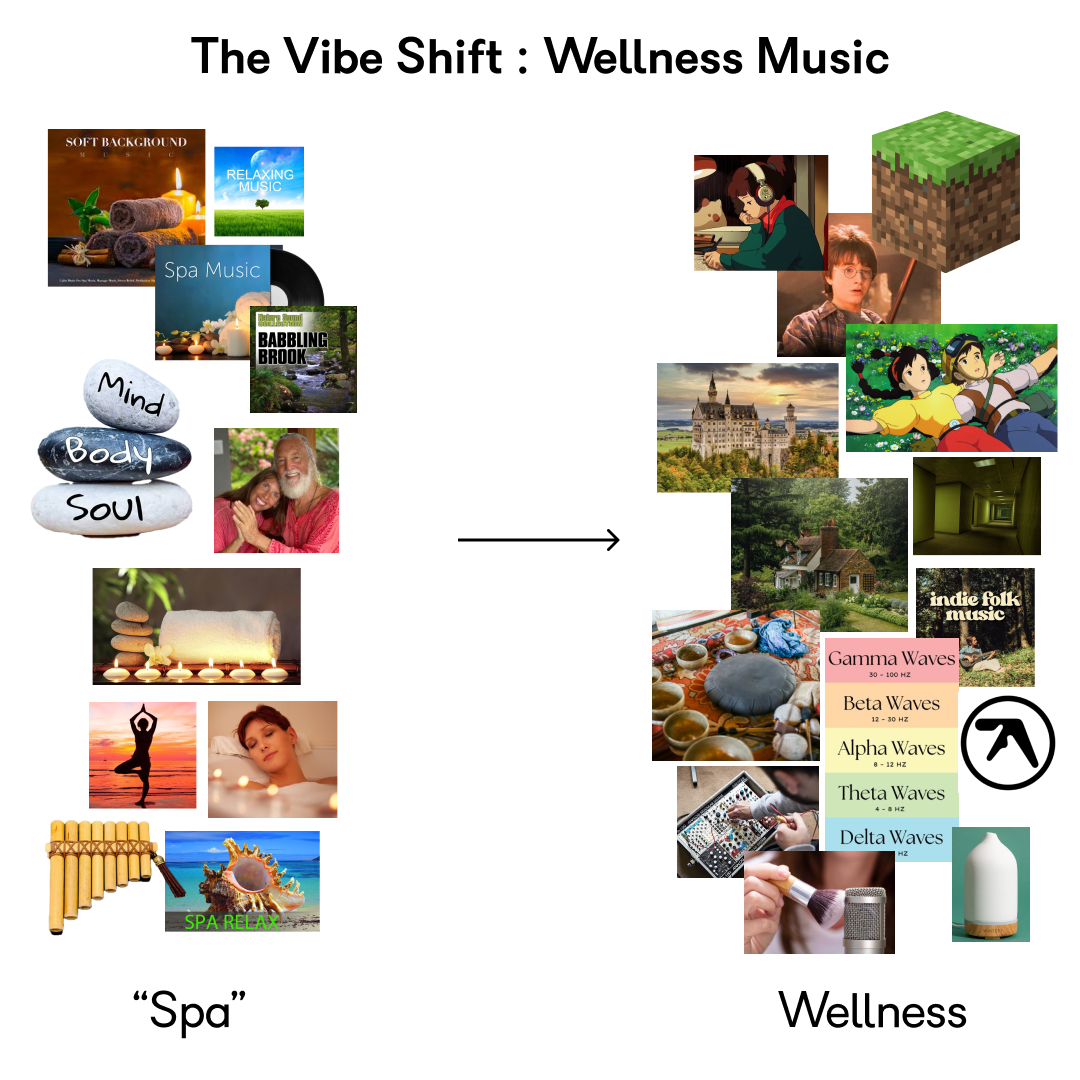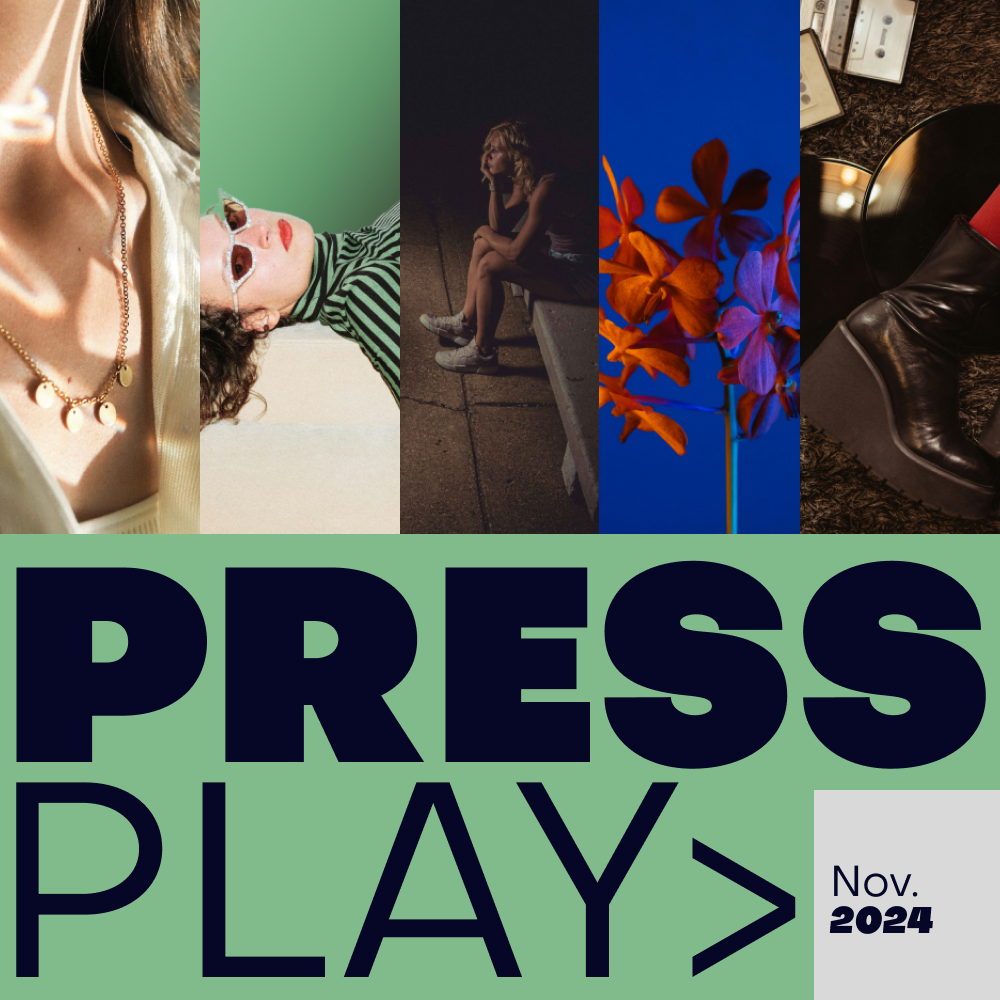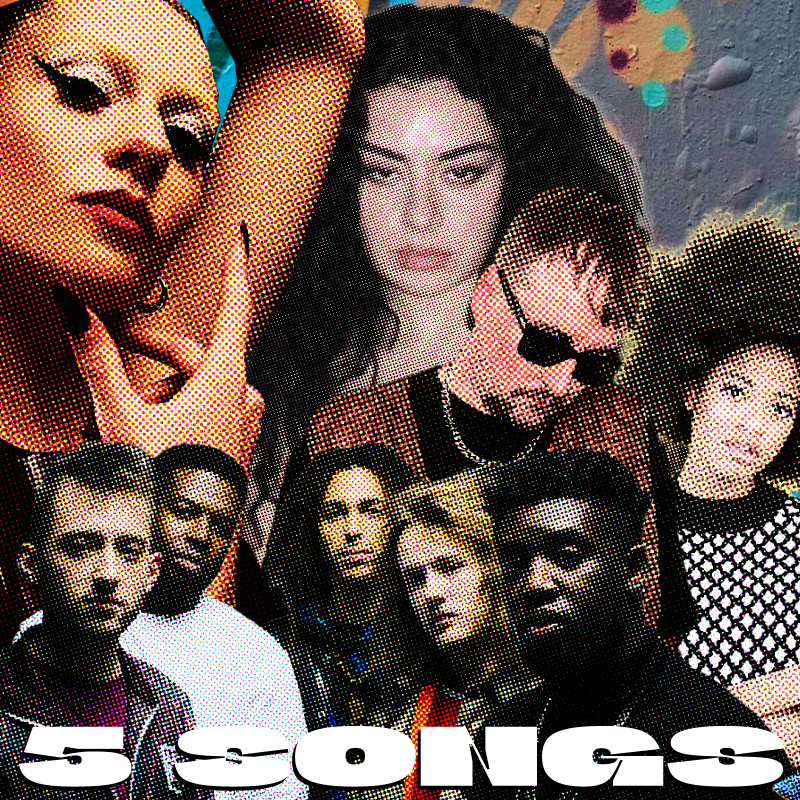And Dream of Sleep – Background Music for Sleeping
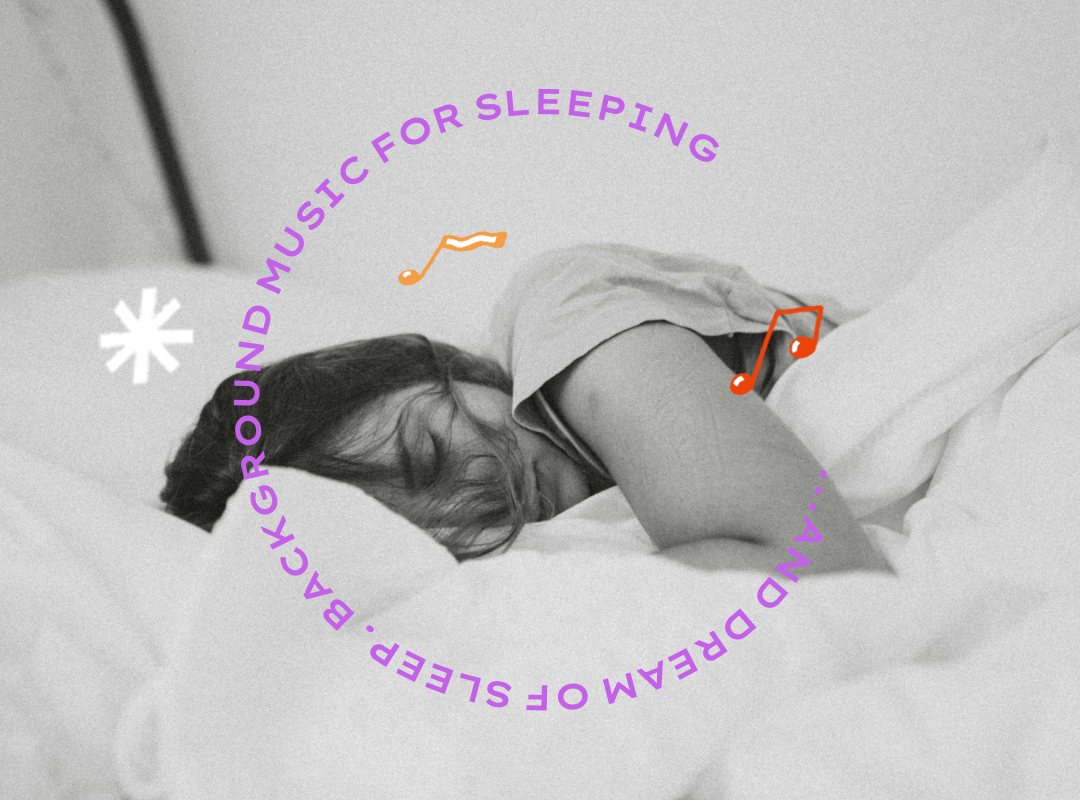
Can’t get any Zzz’s? There’s plenty of music for sleeping designed to help you drift off to dreamland. In the evolving landscape of work and life balance, the quest for a restful night’s sleep has become a paramount concern for many. At Activaire, we have long been fascinated by the profound impact music has on our daily lives, from enhancing consumer engagement to facilitating personal disconnection. As our work habits transform, so too does our approach to achieving focus during the day and disconnection at night. For countless individuals, the challenge lies not only in “turning off” but in maintaining a state of rest until morning. Amidst a barrage of stimuli, finding a moment of tranquility before sleep can seem elusive. This necessitates a reevaluation of how we rest, paralleling the changes in our work routines.
Music and sound can be used as tools to help you to relax and disconnect.
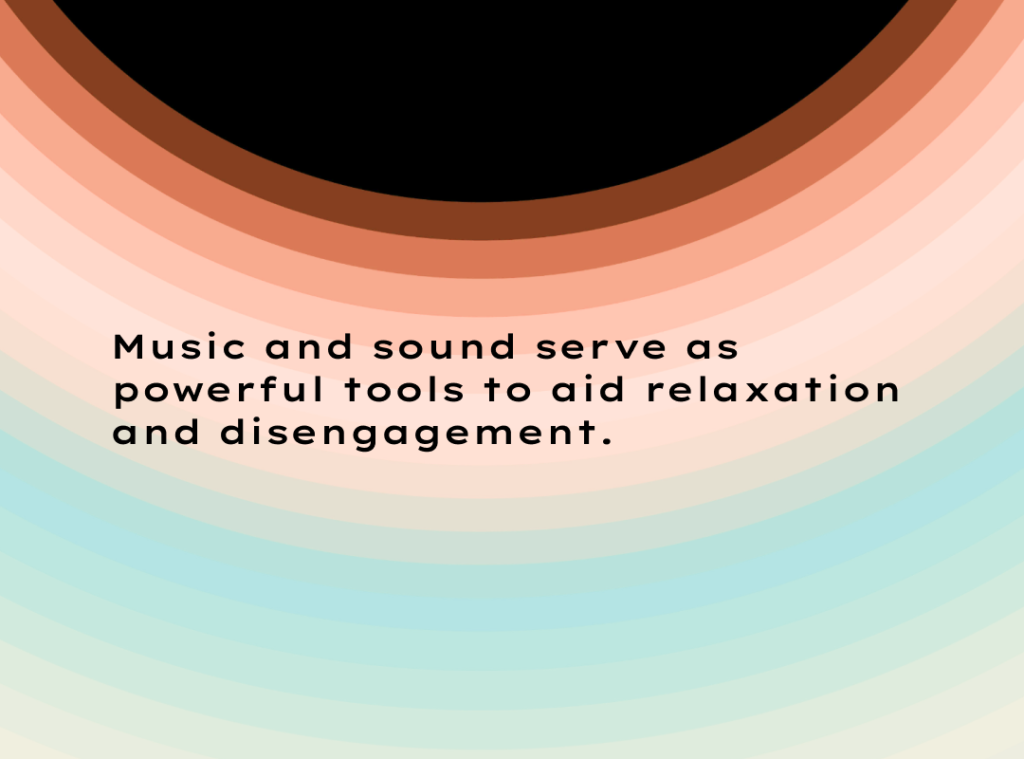
The idea of using music as a tool is not new. We’ve used classical music as an ad-hoc study aide or ambient music to help us fall asleep. While some musicians like Brian Eno have been exploring the concept of music as a utility, music isn’t necessarily designed for specific purposes.
To figure out how music can help you unwind, it helps to understand the stages of sleep. While it might seem obvious, acknowledging how you arrive at sleep will help you get to where you want to be (asleep).
Sleep occurs in five stages, which cycle through 3-5 times per night. At the end of each sleep cycle, we experience REM sleep for 90 – 120 minutes where we access our memories via dreams. Most of us are familiar with REM, but its stages three and four (N3, N4), also known as Deep Sleep, when our bodies get the most benefits of sleep, including cell repair and proper rest. Stages one and two (N1, N2) are light sleep and during these stages, music or sounds can either help us fall asleep or keep us awake. Once you are in a deep sleep, you are very likely not hearing anything.
When selecting music to help you sleep, consider the following:
Music for Sleeping Tips
Duration
Make sure the piece of music or album is long enough to safely deliver you to deep sleep without any abrupt changes. Sudden changes in tempo, melody or tone can easily cause you to wake up and pay attention. Find a song or album that works for you and put it on repeat to avoid harsh breaks.
PRO TIP: Sudden silence can be deadly. We’ve trained ourselves to respond to sudden silence because, during the day, this usually means something is unplugged or broken.
Get familiar with the music
Once you’ve found a piece of music that you like, spend a week or so listening to it on repeat during the day. You want to know the composition inside and out before you try to sleep to it. We want to avoid active listening. During active listening, your brain will lay awake attempting to make sense of something new or foreign. If your brain thinks it knows everything about the piece, the music will quickly float into the background.
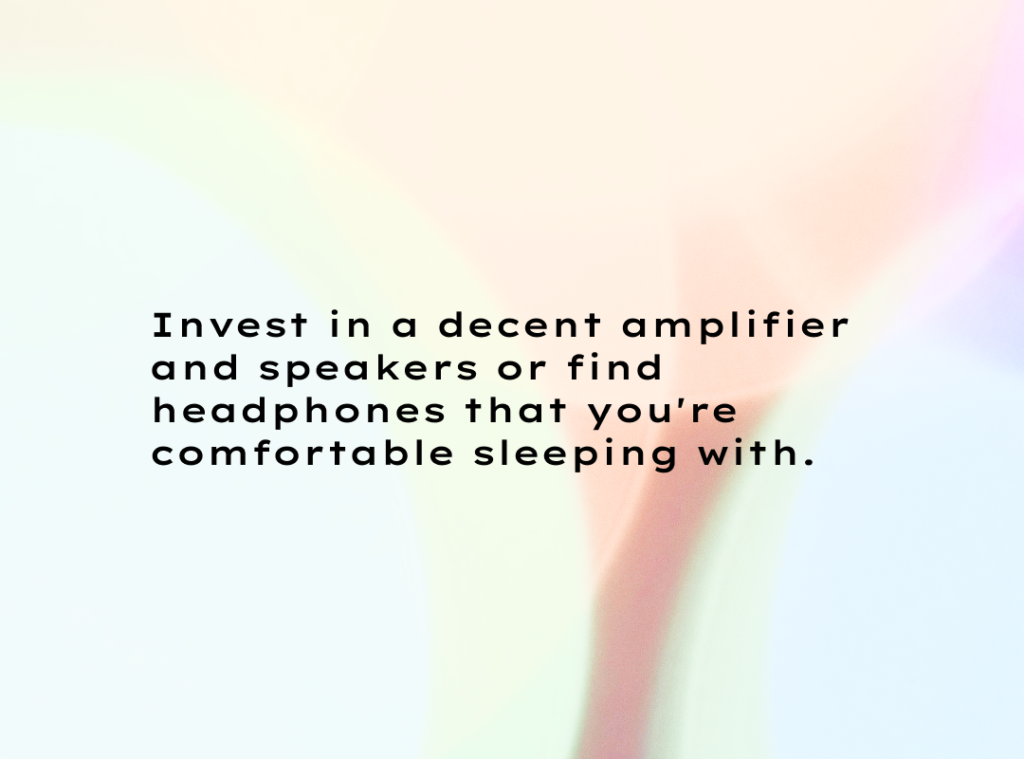
Invest in a sound system
Headphones are great, but comfort is sometimes an issue. We recommend investing in a decent amplifier and speakers or finding headphones that you’re comfortable sleeping with. As sleep music evolves, its creators are delving deeper into the actual frequencies within the sounds. Binaural beats, ASMR, Theta, and Alpha patterns (See the Resources section below) are best experienced in headphones or via a sound system. You would be missing out if you relied solely on your mobile device speakers.
For some great suggestions on affordable home audio sound systems, visit Lifewire.
Wind down
If you’re having trouble falling asleep, try to start transitioning a bit earlier in the evening. Have your last meal at least three hours before you want to be in bed. You may not realize it, but digestion is an active process, and your body continues to work for several hours after you’ve taken your last bite. Set a time about an hour before bedtime where you take one final look at work, emails and, social media. Use the transition hour to prepare for bed and gradually wind down. Start your playlist during this time and let it help you clear your head. For many of us, drifting off into the light sleep phase is the most difficult because we are still processing the stimuli of the day. Calm music combined with a wind-down routine is a great way to start the night.
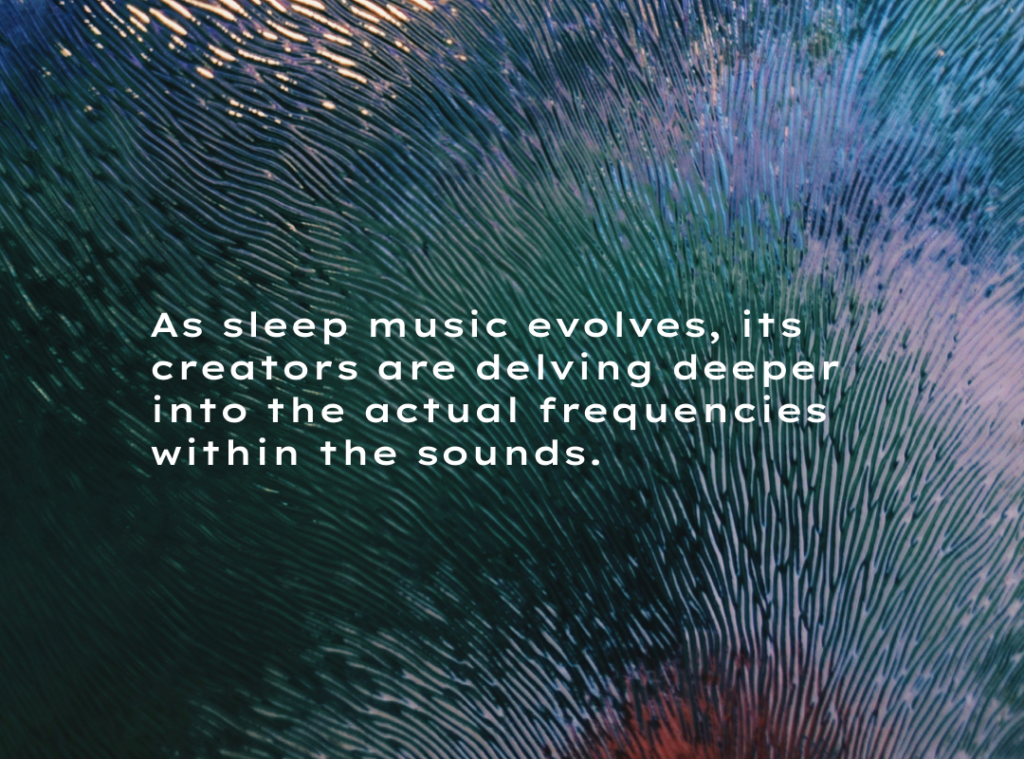
Research
Start exploring the world of sleep music. Everyone responds to music differently, and it’s really about finding what works for you. Streaming services such as Spotify and Youtube have hundreds of user-created playlists dedicated to sleep. Explore these playlists for inspiration before creating your own custom sleep experience.
To help you get started, we’ve put together a playlist of some of our favorite sleepy-time tunes. Also, be sure to check out our work with the sleep experts Casper and the masters of comfort Parachute Home.
Resources:
Read more about Sleep Stages
https://www.sleepfoundation.org/how-sleep-works/stages-of-sleep
https://www.tuck.com/stages
https://www.sleepaidguide.com/five-stages-of-sleep.html
The Benefits of Deep Sleep
https://www.healthline.com/health/deep-sleep
What is Autonomous Sensory Meridian Response (ASMR)?
https://en.wikipedia.org/wiki/Autonomous_sensory_meridian_response
What are Binaural Beats?
https://www.medicalnewstoday.com/articles/320019
https://knowingneurons.com/2017/12/21/binaural-beats/
Learn about Brain Waves
https://www.scientificamerican.com/article/what-is-the-function-of-the-various-brainwaves/
https://www.scientificamerican.com/article/what-is-the-function-of-t-1997-12-22/
Music and Sleep
